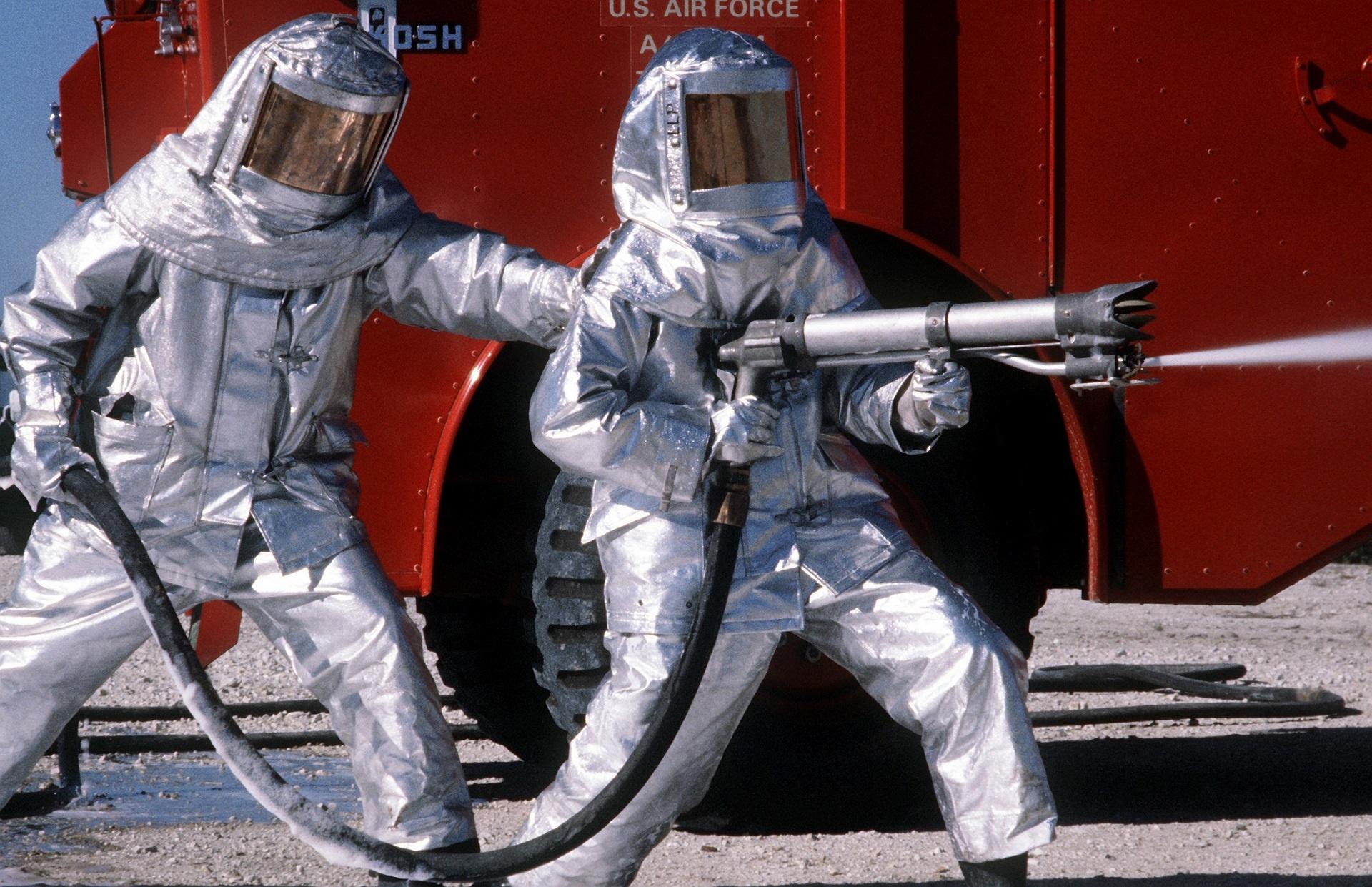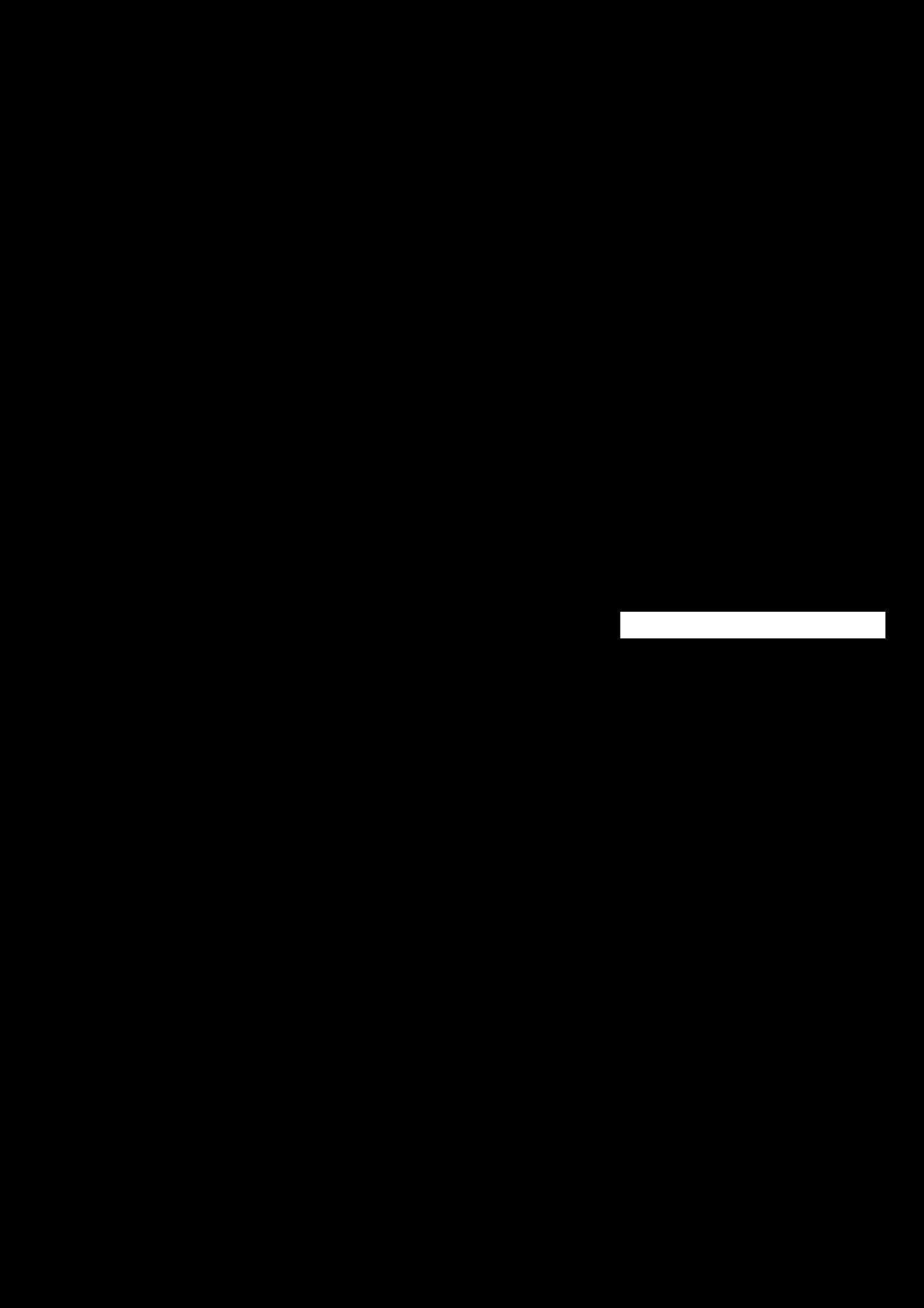
2 minute read
Firefighting Approach To PPE
by Catalyst
FIRE FIGHTING APPROACH PPE
If firefighting under greatly increased radiant heat and based on a risk assessment requires the use of reflective protective clothing, EN 1486 applies for the testing and approval of this PPE.
Advertisement
Proximity suits according to this standard consist of torso, head, hand and foot protection. To meet the high requirements of EN 1486, these proximity suits are always made of several layers of fabric (37), depending on the manufacturer’s design and counting method. The weight of such suits therefore varies between 7 and 20 kg, depending on the materials used. It is therefore no wonder that consumers want lighter versions of reflective protective clothing with a lower level of protection than in EN 1486 required, as long as the risk assessment allows it.
Such approach suits are manufactured without linings, and can only be tested according to EN ISO 11612 though this standard is addressed to industrial application.
While the test according to EN 1486 covers the entire full protection - i.e. also the gloves -, the approval according to EN ISO 11612 requires them to be tested and approved according to EN 407.
The table below shows the differences between the three forms and the requirements for protection against heat in the respective standard. The mechanical requirements have not been specified here. Author Siegfried Assmann Project leader EN 1486

The requirements for protection against convection heat (flame) and contact heat are identical in both standards, provided that the highest performance level is achieved in each case when tested according to EN ISO 11612. As aluminised PPE is primarily intended to protect against radiant heat, EN 1486 logically requires testing according to EN ISO 6942 with a heat flux density of 40 kW/m², whereas EN ISO 11612 only requires 20 kW/m². Therefore, when purchasing single-layer PPE according to EN ISO 11612, it is essential to ensure that at least performance level C4 is achieved.



















